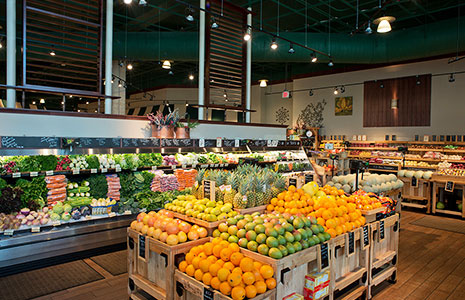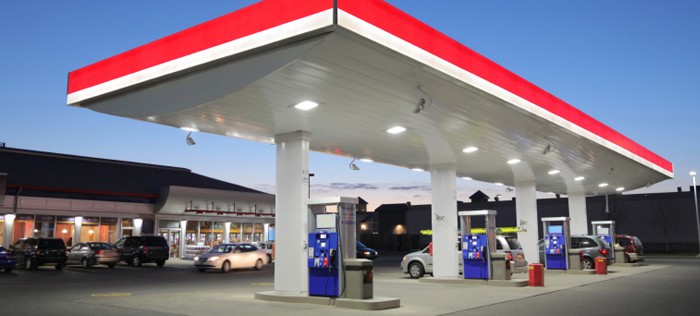We recently came across a two-part segment about the dangers of compact fluorescent lamps and interviews with people who have supposedly fallen ill from the lamps. The segment was produced by “16:9 – The Bigger Picture,” a Canadian investigative news television series.
As we have stated in previous blogs, even though CFLs are cheaper and consume less energy than incandescent lamps, they are hazardous to have around the home and office. In the first segment of the episode, 16:9 did some investigative research and interviewed experts who have confirmed that CFLs give off ultra-violet rays, similar to sunlight. Scientists in London revealed that one in five CFLs randomly tested were found to be emitting unusual levels of UV rays. The 16:9 reporters also tried contacting three of the more popular lighting manufacturers (Osram Sylvania, Philips, and General Electric) to ask them about their product’s UV rays. They only received a response from Philips, saying UV concerns were under investigation.
The video also features an interview with a woman diagnosed with Lupus, an autoimmune disease that causes her to be sensitive to sunlight. She told reporters she broke out in a rash after sitting near a CFL for 20 minutes.
We hope you come back later during the week to catch our blog featuring part two of the segment about dirty electricity and electromagnetic hypersensitivity, which is said to be caused by CFLs.

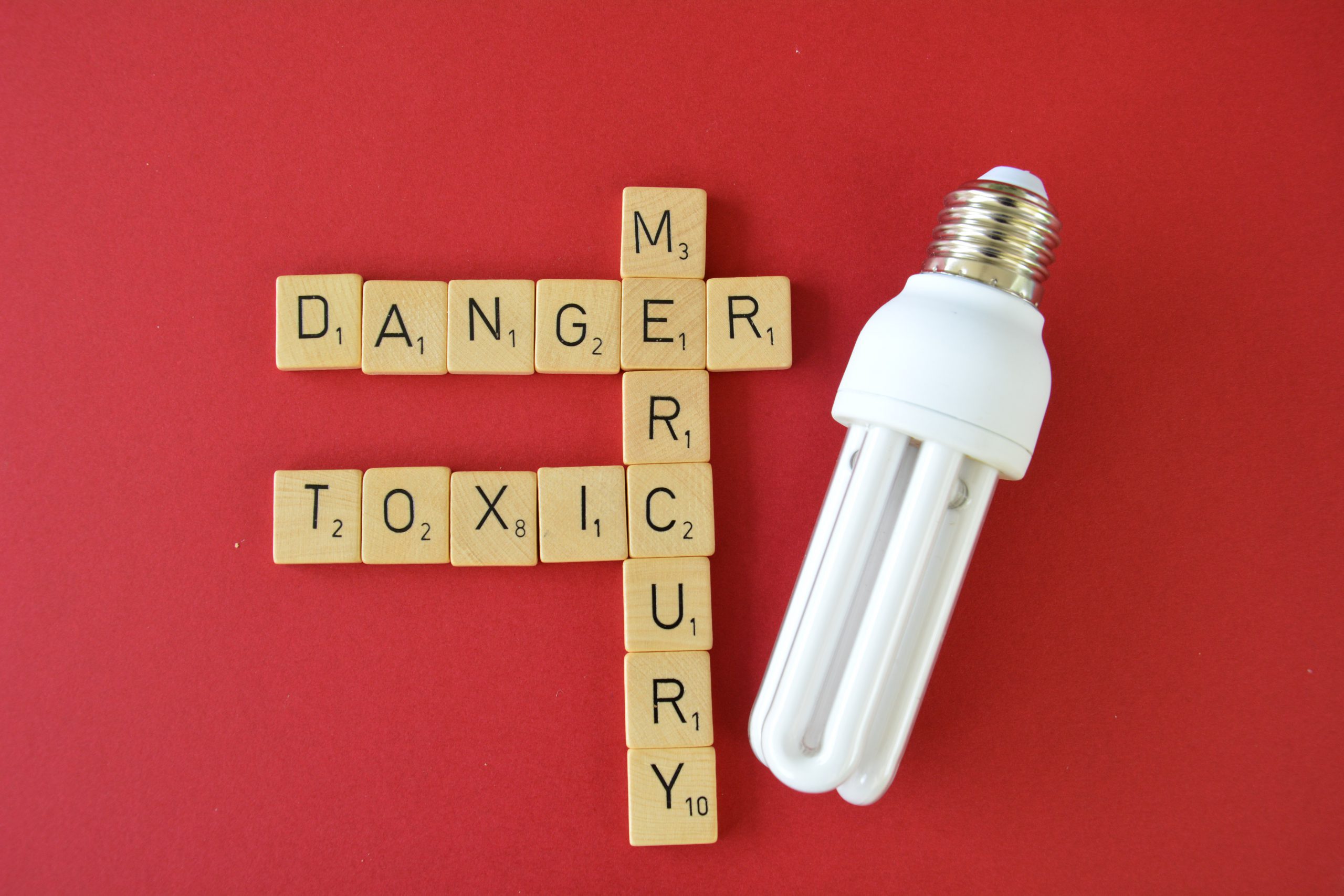
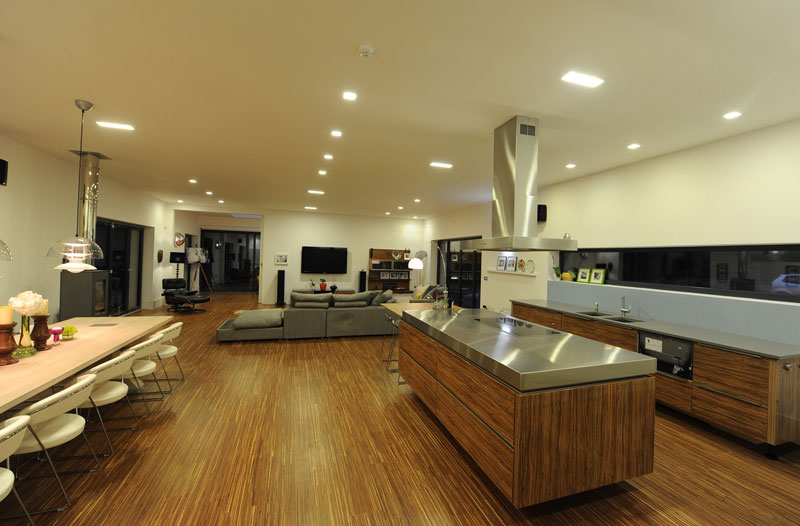
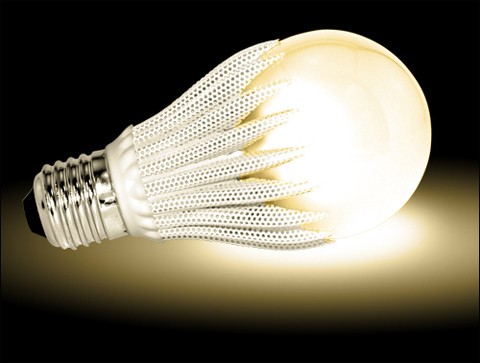
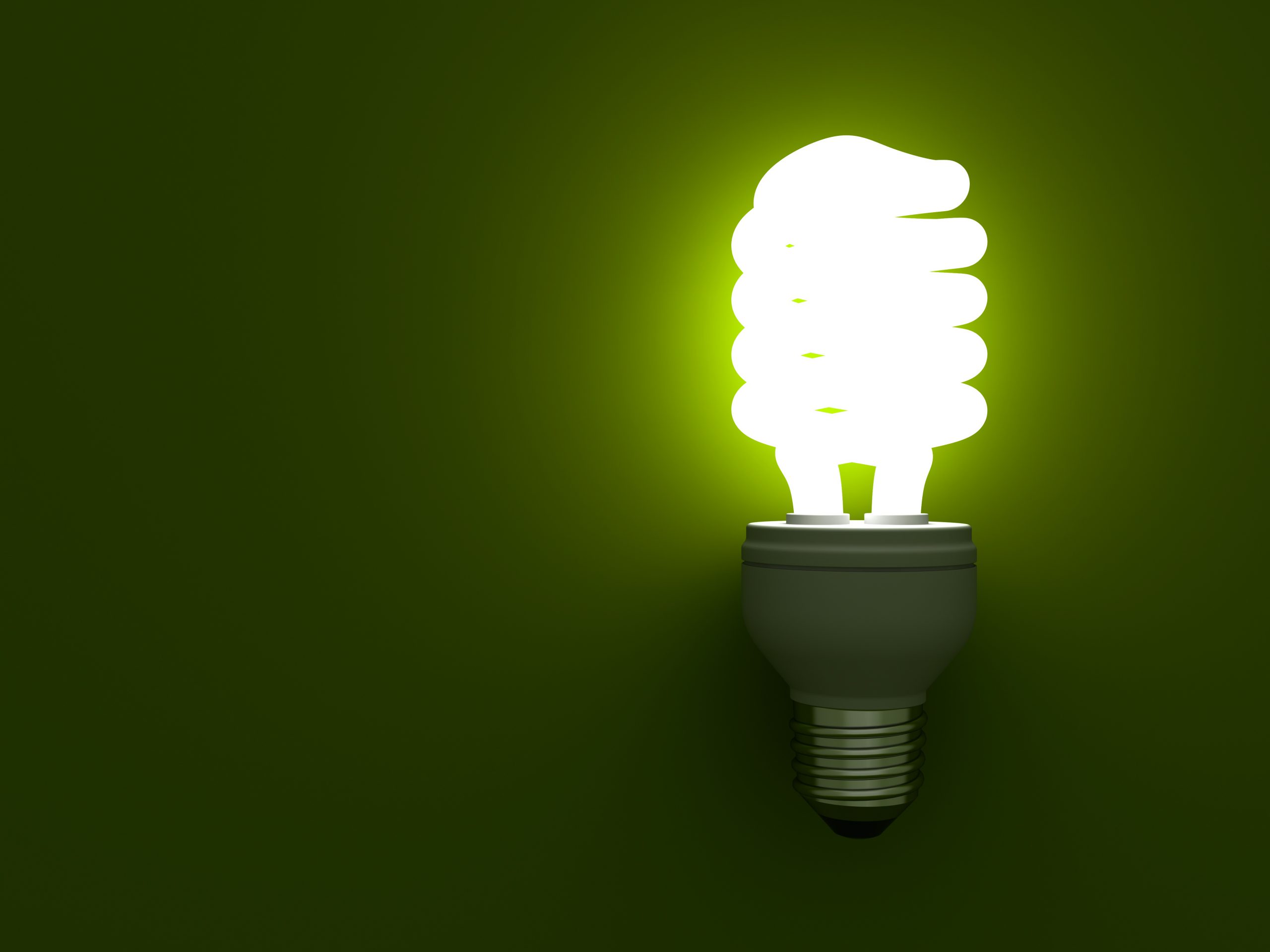
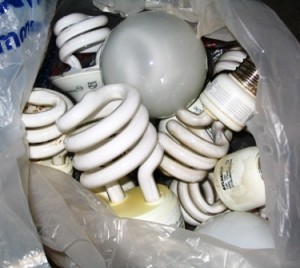
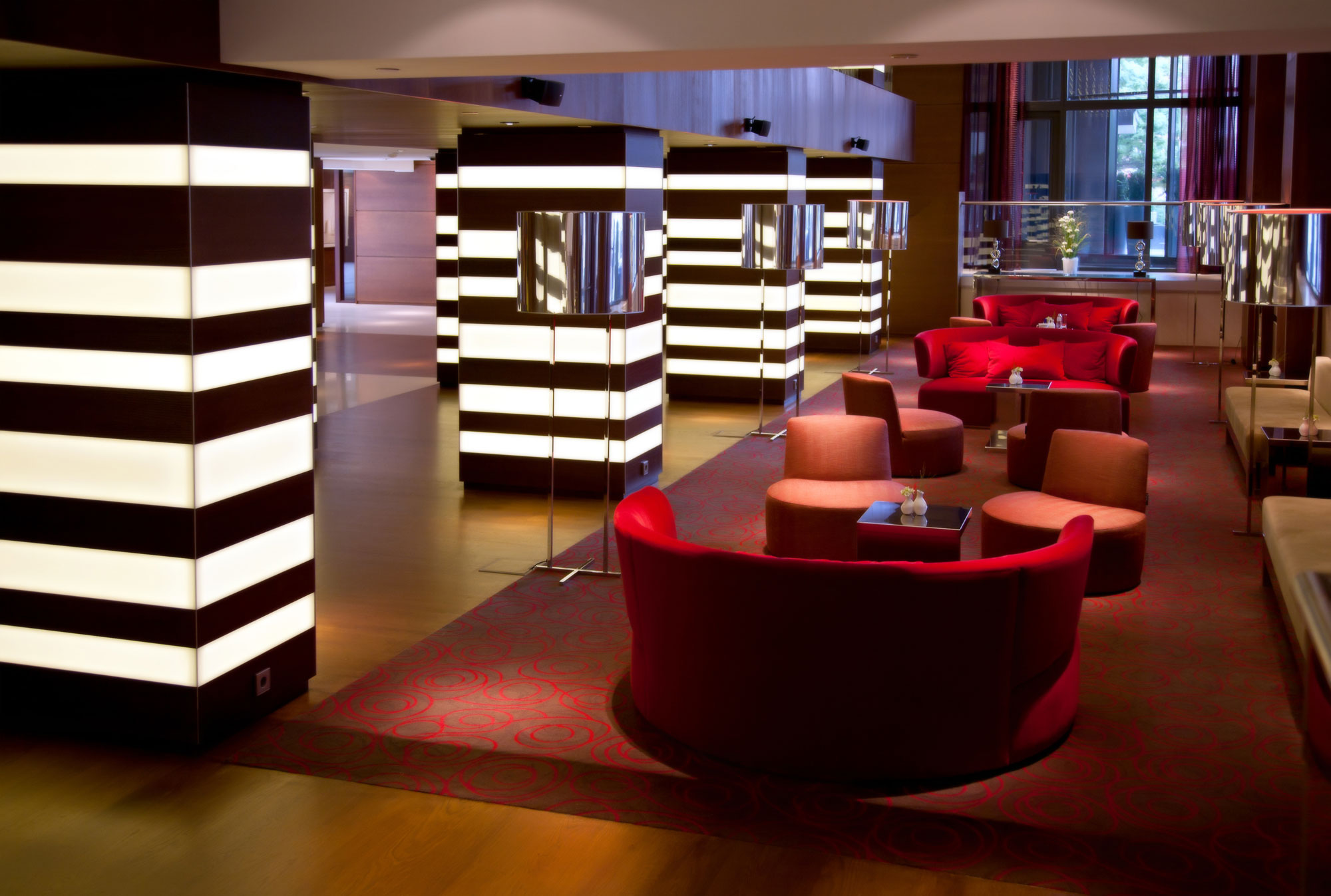
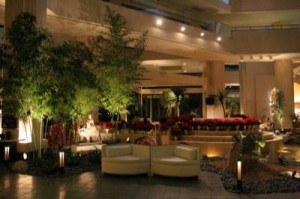
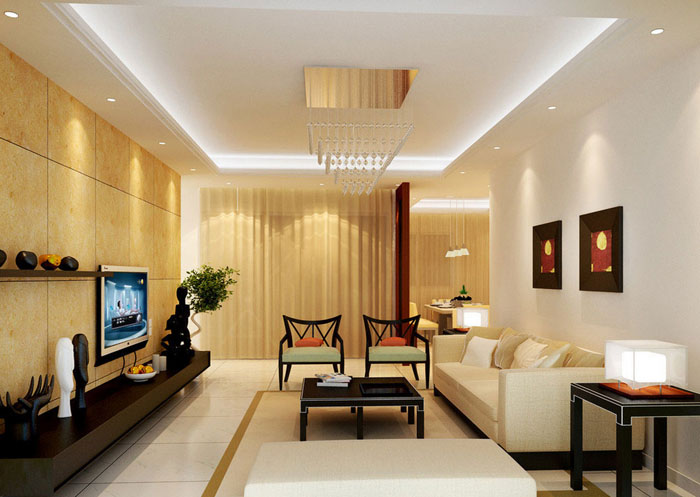
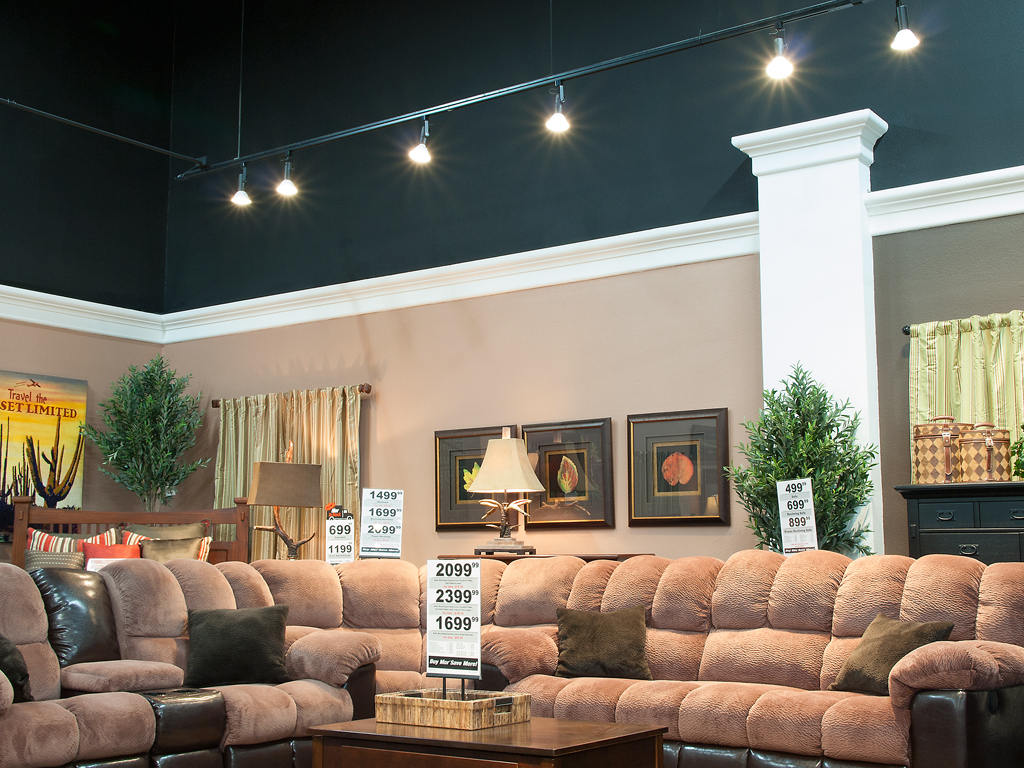
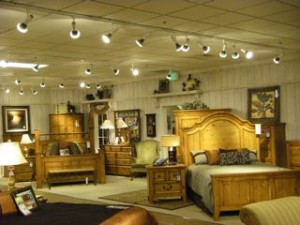 RC Willey, a furniture store only 20 minutes from “The Strip” in Summerlin, Nevada,
RC Willey, a furniture store only 20 minutes from “The Strip” in Summerlin, Nevada, 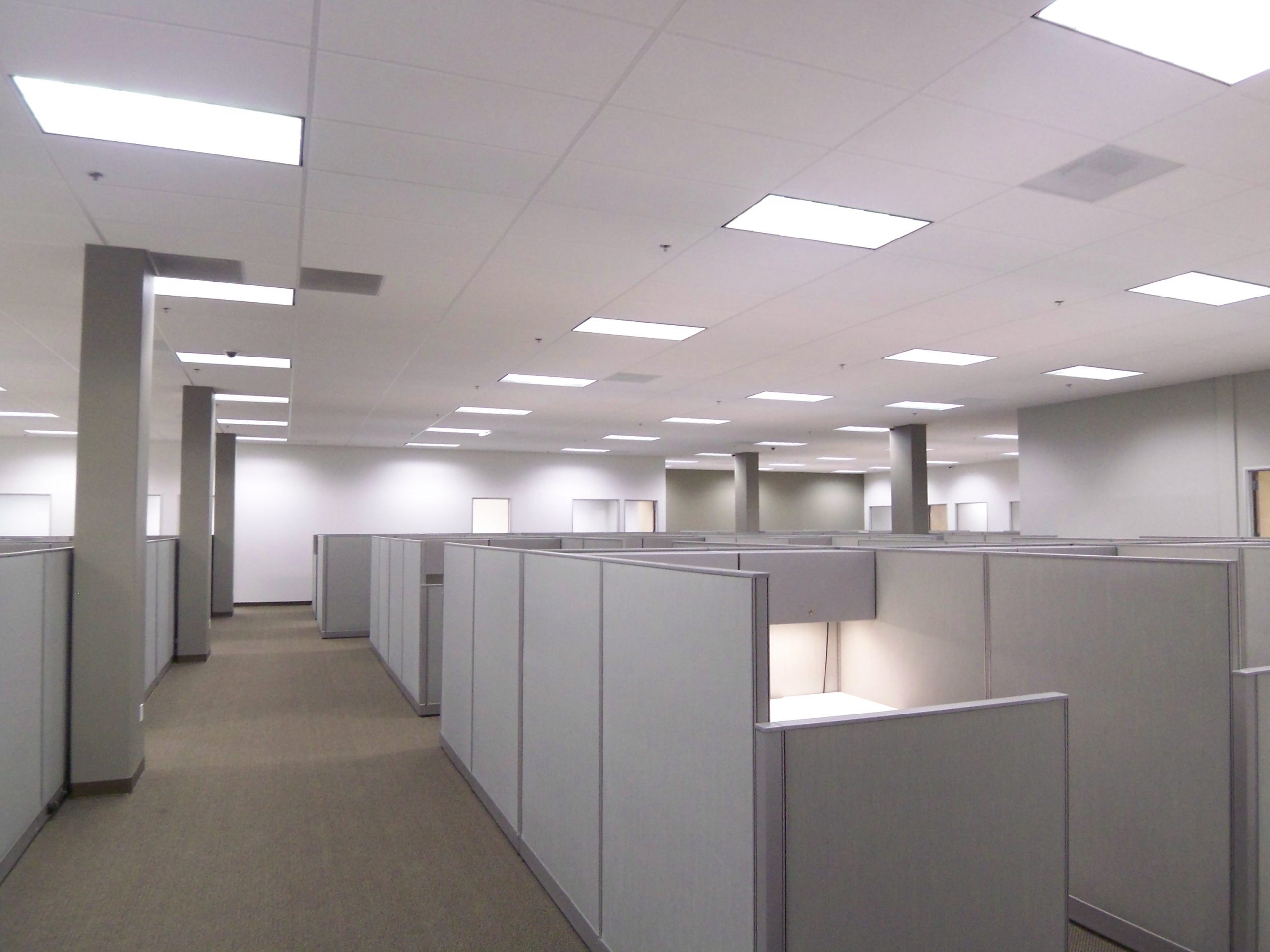
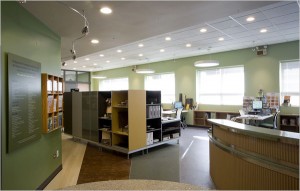 Office buildings require quite a bit of electricity. Between lighting and air conditioning, bills can really add up, especially during the summer when temperatures are close to unbearable in many parts of the country. Companies can save a considerable amount on energy costs by replacing their lamps with LEDs. Office buildings can install lighting that exceeds the quality of the current lighting that consumes 50-80% less power. On top of energy savings, building owners will be happy to save money on maintenance and recycling costs.
Office buildings require quite a bit of electricity. Between lighting and air conditioning, bills can really add up, especially during the summer when temperatures are close to unbearable in many parts of the country. Companies can save a considerable amount on energy costs by replacing their lamps with LEDs. Office buildings can install lighting that exceeds the quality of the current lighting that consumes 50-80% less power. On top of energy savings, building owners will be happy to save money on maintenance and recycling costs.